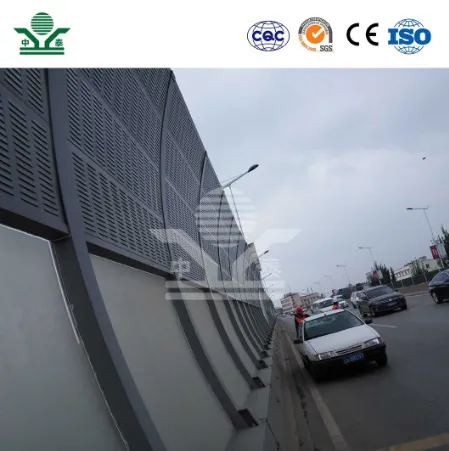Understanding Platform Grating Weight Key Considerations for Design and Safety
When designing industrial platforms and walkways, one critical aspect that engineers and designers must consider is the weight of the platform grating. Platform grating serves as the foundational element for various types of walkways and platforms, providing essential support and safety for personnel and equipment. This article will explore the factors influencing platform grating weight, the materials commonly used, and the implications for design and safety.
Factors Influencing Platform Grating Weight
The weight of platform grating is influenced by several key factors, including its material, dimensions, and design features
.1. Material Grating can be made from various materials, each with unique weight characteristics. Common materials include steel, fiberglass, and aluminum. Steel grating, while strong and durable, tends to be heavier than its aluminum and fiberglass counterparts. Aluminum grating is lightweight and corrosion-resistant, making it an excellent choice for environments with exposure to moisture. Fiberglass grating is also lightweight and resistant to chemical corrosion, yet typically has less load-bearing capacity than steel or aluminum.
2. Dimensions The size and thickness of the grating play a significant role in its overall weight. Thicker and larger grating panels will inherently weigh more. Designers must carefully consider the dimensions needed for the application to achieve a balance between strength and weight. This is particularly important for overhead applications where weight can impact the structural integrity of supporting beams.
3. Design Features The design and configuration of the grating can also influence its weight. For instance, certain patterns or configurations may require additional material or reinforcement, resulting in increased weight. Additionally, the spacing between bars in the grating can affect how much material is included, thereby impacting the overall weight.
platform grating weight

Implications for Design and Safety
The weight of platform grating has direct implications for both design and safety considerations.
1. Structural Integrity One of the primary concerns with grating weight is its impact on the structural integrity of the platform or walkway. Engineers must ensure that the supporting structure can bear the weight of the grating along with any additional loads. This includes considering dynamic loads, such as moving personnel or equipment. Inadequate support can lead to structural failure, posing significant safety risks.
2. Ease of Installation Weight directly affects the ease of installation. Heavier grating can be more challenging to handle and may require specialized equipment to lift and position. Lighter materials, on the other hand, can facilitate easier installation, potentially reducing labor costs and installation time.
3. Maintenance Considerations The weight of grating can also influence maintenance procedures. Heavier grating may necessitate more robust maintenance strategies and equipment, while lighter options may allow for quicker access and easier handling during inspections and maintenance activities.
Conclusion
In summary, understanding the weight of platform grating is crucial for effective industrial platform design and safety. By weighing the factors of material choice, dimensions, and design features, engineers can select the most appropriate grating solutions for their specific applications. Ultimately, the right choice will ensure the structural integrity of the platform while maintaining safety for users. As industries continue to evolve, the demand for effective, safe, and lightweight grating solutions will undoubtedly grow, prompting ongoing innovation in material science and design methodologies. Keeping these considerations in mind will aid in the development of safer, more efficient industrial platforms that can meet the rigorous demands of modern applications.
-
Turn Down the Noise: The Future of Highway Sound Barriers
NewsApr.09,2025
-
Silence the Sound: The Power of Highway Noise Barriers
NewsApr.09,2025
-
Reduce Road Noise Effectively with Highway Noise Barriers
NewsApr.09,2025
-
Noise-Free Living: How Highway Barriers Make a Difference
NewsApr.09,2025
-
Engineered for Silence: Highway Noise Barriers for Every Road
NewsApr.09,2025
-
Effective Noise Control: Highway Barriers for a Quieter Tomorrow
NewsApr.09,2025
Subscribe now!
Stay up to date with the latest on Fry Steeland industry news.

